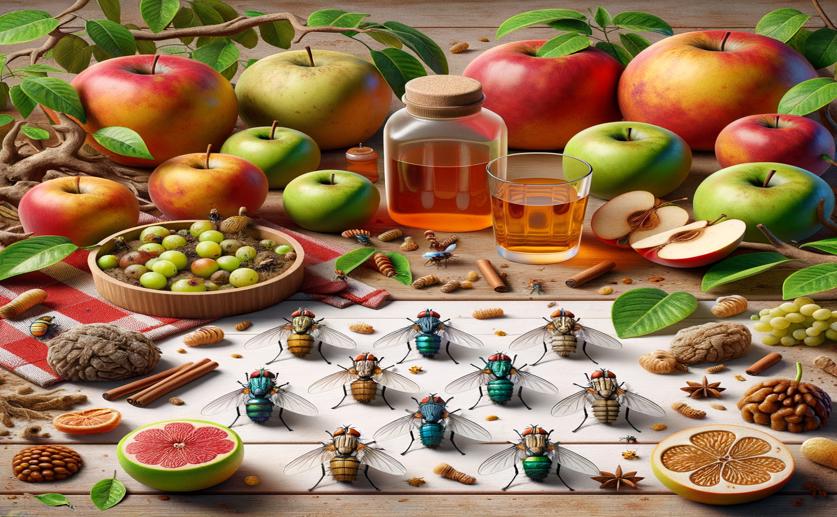
How Health and Environment Impact Fruit Fly Attraction to Lures
Jenn Hoskins
9th July, 2024

Image Source: Natural Science News, 2024
Key Findings
- The study, conducted at the University of Pretoria, found that protein-deprived fruit flies showed a stronger response to food-based lures
- Temperature significantly influenced lure response, with higher temperatures generally increasing fly activity and lure attraction
- The study suggests that integrating physiological and environmental data can improve the accuracy of pest monitoring and management systems
AgricultureEnvironmentAnimal Science
References
Main Study
1) Effects of Physiological Status and Environmental Factors on the Lure Responses of Three Pest Fruit Fly Species (Diptera: Tephritidae)
Published 8th July, 2024
https://doi.org/10.1007/s10886-024-01516-8
Related Studies
2) Coping with an unpredictable and stressful environment: the life history and metabolic response to variable food and host availability in a polyphagous tephritid fly.
3) Dietary choice for a balanced nutrient intake increases the mean and reduces the variance in the reproductive performance of male and female cockroaches.
4) Can mechanism inform species' distribution models?



 4th June, 2024 | Jim Crocker
4th June, 2024 | Jim Crocker